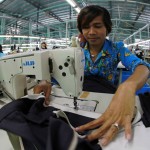Forest policy and administration
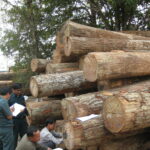
Forest ClassificationAll land and the natural resources found under or on it is managed by the State on behalf of the national community in Lao PDR.1 However, the state recognizes long-term, alienable usage rights over both land and resources.2 “Forestland” is one of eight categories ...
SDG 1 No poverty
Sustainable Development Goals 1 (SDG 1) – ‘No Poverty’ aims to eradicate all forms of poverty globally. The goal also focuses on ensuring social protection, increasing access to basic services and supporting the resilience to climate-related disasters and other economic, social and environmental shocks for the poor ...
SDG 3 Good Health and Well-being
Sustainable Development Goals 3 (SDG 3) – ‘Good Health and Well-being’ aims to ensure healthy lives and promote well-being for all at all ages.149 SDG 3 includes 13 targets, with 26 measuring indicators. Targets 3.1, 3.5 & 3.7 are to reduce maternal mortality and improve ...
Ethnic minorities and indigenous people
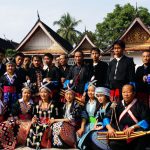
Lao PDR is the most ethnically diverse country in Southeast Asia. Lao people comprise four main ethno-linguistic families: Lao-Tai (62.4 percent), Mon-Khmer (23.7 percent), Hmong-Iu Mien (9.7 percent), and Chine-Tibetan (2.9 percent)209, which are officially divided into 50 ethnic groups210 The 50 ethnic groups in ...
SDG 18 Lives Safe from UXO
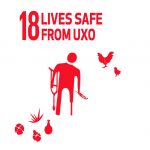
Sustainable Development Goal 18 (SDG 18) – ‘Lives safe from Unexploded Ordnance (UXO)’ aims to remove the UXO obstacle to human development in Lao PDR (Laos).285 SDG 18 was uniquely developed by Laos to address the more than 80 million cluster submunitions that remain unexploded ...
Land transfers and public land leases
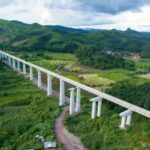
Land transfer is when land title or ownership to land rights changes from one person to another. In Laos, foreigners may not own land, but the 2019 amendments to the 2013 Land Law now permits short term transfers of land use rights to foreign owners ...
State land leases and concessions

State land leases and concessions in Laos are an economic arrangement in which the Lao Government rents state land at a yearly fee to both domestic and foreign investors for a wide range of economic activities including, but not limited to, agricultural and tree plantations, ...
Social development
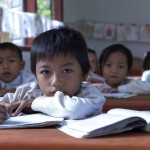
Over the last two decades, the countries of the Lower Mekong Basin have all experienced economic development and social transformation. While results are encouraging over all, the improvements across development indicators are not always equal, and as the disparity between the growing urban classes and ...
Pandemics
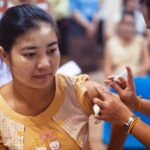
Coping with the COVID-19 Pandemic in LaosCOVID-19 has impacted all of the countries in the Mekong Region, including Lao PDR.The government has responded through a range of policy and legislative measures. Responses to COVID-19 has had economic impact, social impact, and environmental impact. In particular, ...
Population and censuses
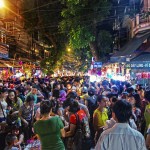
The combined, estimated population for the Lower Mekong was 237.7 million in 2015. Vietnam had the largest population at 93.5 million, while Laos had the smallest at 6.8 million. In line with their various stages of development, higher income countries like Thailand have lower population ...
Nationally Appropriate Mitigation Action
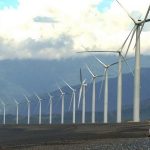
National Appropriate Mitigation Actions (NAMA) are voluntary, country-specific commitments to action that reduce emissions compared to ‘business as usual’ volumes.468 Recognizing that “economic and social development and poverty eradication are the first and overriding priorities of the developing country Parties,” the focus on NAMAs is ...
Law and judiciary
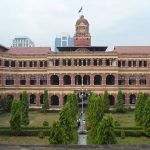
There are many similarities in the structure and establishment of courts, laws and judiciaries across the Lower Mekong, despite their differences in types of government (republics, socialist, constitutional monarchy, etc). They also face some of the same challenges in adherence to rule of law, and ...
Forest cover
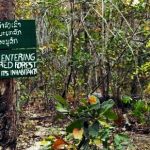
In 2015, the FAO’s Global Forest Resource Assessment estimated that the Greater Mekong Subregion had 88.4 million hectares of forest, equivalent to 46% of the region’s land area and shared by 237 million people.475. The WWF reports that between 1973 and 2009 the region lost ...
Economy and commerce
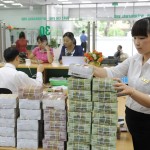
The economies of the five Lower Mekong countries range from those still developing beyond a reliance on agriculture and natural resources, to more robust export economies supporting themselves and becoming more independent. For the 2015 fiscal year, the World Bank categorized the region’s economies as ...
Water governance
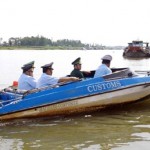
Because of the transborder nature of water ecosystems, a regional approach to water governance and the management of water resources is fundamental to both sustainable development and the assurance of water rights. Hydrobasins in the Lower Mekong. View the full map in Map Explorer.This need ...
Government
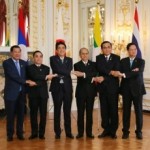
The governments of the Lower Mekong region face challenges rising from their individual histories and from shared challenges facing developing Southeast Asian economies. To varying degrees, they have been shaped by colonialism and war. Their current constitutions differ, as do the structures of their governments ...
Disasters
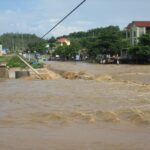
Introduction The Lower Mekong Countries (LMCs) are extremely vulnerable to disasters. Vietnam and Thailand were in the top ten countries in the world most affected by weather-related events over the period 1999-2018.493 In 2018 Cambodia, Lao PDR, Myanmar, and Vietnam all ranked in the top 50 ...
Special Economic Zones in Context
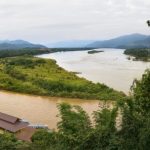
Since the establishment of the Shenzhen SEZ in China during the 1980s, Special Economic Zones (SEZs) as a development model have grown in popularity in Asia, alongside official development aid. SEZs have been promoted as being a resilient form of economic development, with the potential ...
Science and technology

As the most developed countries in the region, Thailand and Vietnam lead the Lower Mekong in their adoption, accessibility and investment in science and technology. Thailand is also the only Lower Mekong country to rank on UNESCO’s Atlas of research and experimental development. While all ...


